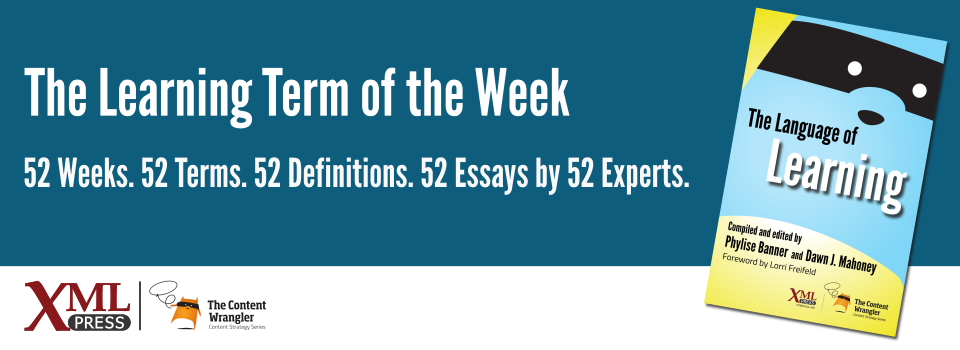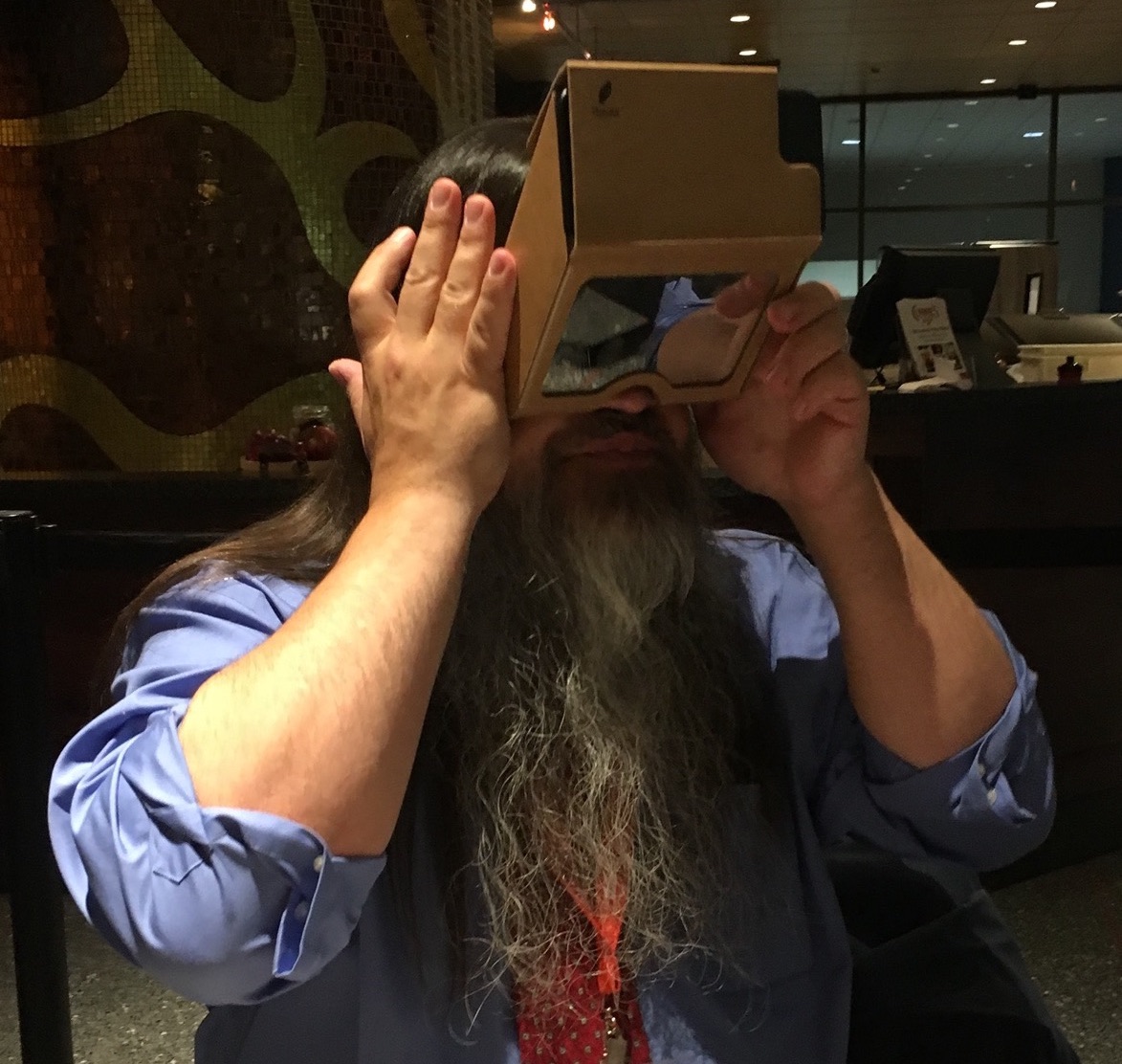What is it?
Any sequence of planned activities or experiences that enables learners to explore materials, practice what they have learned, and achieve proficiency.
Why is it important?
Central to all learning experiences, a curriculum provides the core structure that guides learners on their path to meet set goals. In other words, a curriculum helps learners learn by creating a framework that communicates performance standards, key learnings, methods, projects, relevant metrics, evaluation plans, etc.
Why does a business professional need to know this?
Imagine trying to assemble a structure without a cohesive plan. Yes, it is possible to build something, but how will you measure progress along the way? And how will you be able to recreate what was built later?
Creating a curriculum is creating a plan that lays out a set of expectations to help learners build towards their goals. The curriculum might include a sequence of courses, internships, mentorships, coaching sessions, or immersive simulations that, in essence, serve as the building blocks of learning.
Establishing a curriculum, in alignment with business or educational goals, provides a roadmap that enables learners to progress along learning pathways in support of their own or organizational growth. Alignment also enables learning leaders to invest in the future of their people in the organization and report to stakeholders on how their educational programs support the mission and vision of the organization.
References
- (Glossary of Ed.) The Glossary of Education Reform: Curriculum: The Great Schools Partnership.
- (RIDOE) Curriculum Definition: Rhode Island Department of Education.

